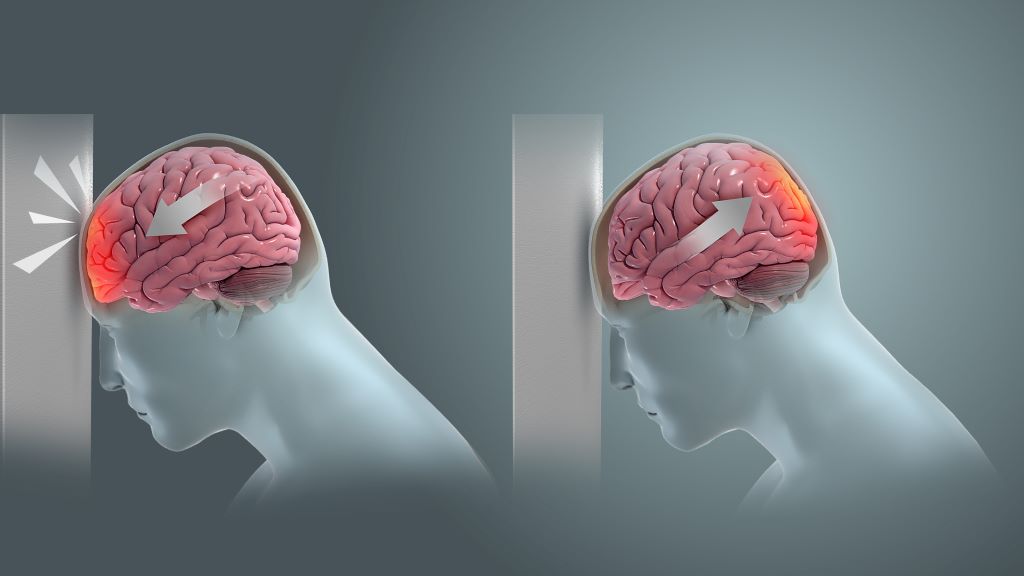New Research Shows that Macrophages Help Prevent the Development of Neuropathy

An increase in high-fat, high-fructose foods in people’s diets has contributed to a dramatic increase in type 2 diabetes. This, in turn, has led to an increase in peripheral neuropathy. About half of people with type 2 diabetes are affected, and of these, about half experience severe neuropathic pain.
The damage begins as axons from sensory neurons begin to retract and disappear from the tissues they innervate. New research from the lab of Clifford Woolf, MB, BCh, PhD, director of the F.M. Kirby Neurobiology Center at Boston Children’s Hospital, reveals that months before the damage occurs, immune cells flood into peripheral nerves in an apparent attempt to protect them. This surprising insight, published in Nature, could lead to strategies to prevent peripheral neuropathy or at least minimize and slow the onset of the damage.
Immune cells prevent nerve damage
A team led by Sara Hakim, PhD, a graduate student in the lab, created a mouse model of diabetes induced by a high-fat, high-fructose diet. The model showed that these mice developed all the major features of diabetes within eight to 12 weeks of starting the diet. At about six months, axons in the skin began to degenerate, indicating the presence of neuropathy.
“Diabetic neuropathy takes years, or even decades to develop in humans,” says Hakim, who is now at Vertex. “By using a mouse model in which symptoms slowly develop over months, we were able to catch the progression of the disease over time, and observe those early protective responses when the body is still trying to fight the disease.”
The researchers suspected that peripheral neuropathy is caused by the immune system, so used single-cell sequencing to detect changes in immune cells near sensory neuron axons in peripheral nerves.
One type of immune cell residing in nerves, a pro-inflammatory macrophage, began producing chemokines. These signaling molecules recruited a second population of circulating macrophages, which began infiltrating the nerve 12 weeks after the mice began the diet – as sensory symptoms were starting to appear but before nerve degeneration was seen.
Previously, macrophages were thought to have a pathogenic role in diabetes and were mainly reacting to axon loss. But Hakim, Woolf, and colleagues observed just the opposite.
“To our great surprise, when we blocked infiltration of macrophages into the nerve, neuropathy started getting worse, not better,” says Woolf. “The macrophages were protective. They slowed down the onset of neuropathy and reduced its impact.”
Potential strategies for peripheral neuropathy
The Woolf Lab is now exploring how the infiltrating macrophages protect against peripheral neuropathy. The next step would be to find a way to induce and sustain this protection and identify biomarkers that would flag those people with diabetes who are at risk.
One potential protective strategy might involve accelerating the recruitment of macrophages into nerves; another might involve mimicking their protective function by harnessing compounds they secrete, such as galectin 3.
“Since we could profile the cells and identify what genes they are expressing, we found a number of signalling molecules known to be protective,” says Woolf. “We can now go through that list and check to see which are most active.”
The latest work reinforces the idea that pain isn’t just a disease of neurons, but results from interactions between the nervous system and the immune system. In a study last year, the Woolf Lab discovered thousands of molecular interactions between pain-sensing neurons and different types of immune cells.
Now, the plot is thickening with this example of immune cells acting to prevent painful nerve damage. “We’ve now revealed a novel, slower protective effect of the immune system,” Woolf says.
Source: Boston Children’s Hospital





